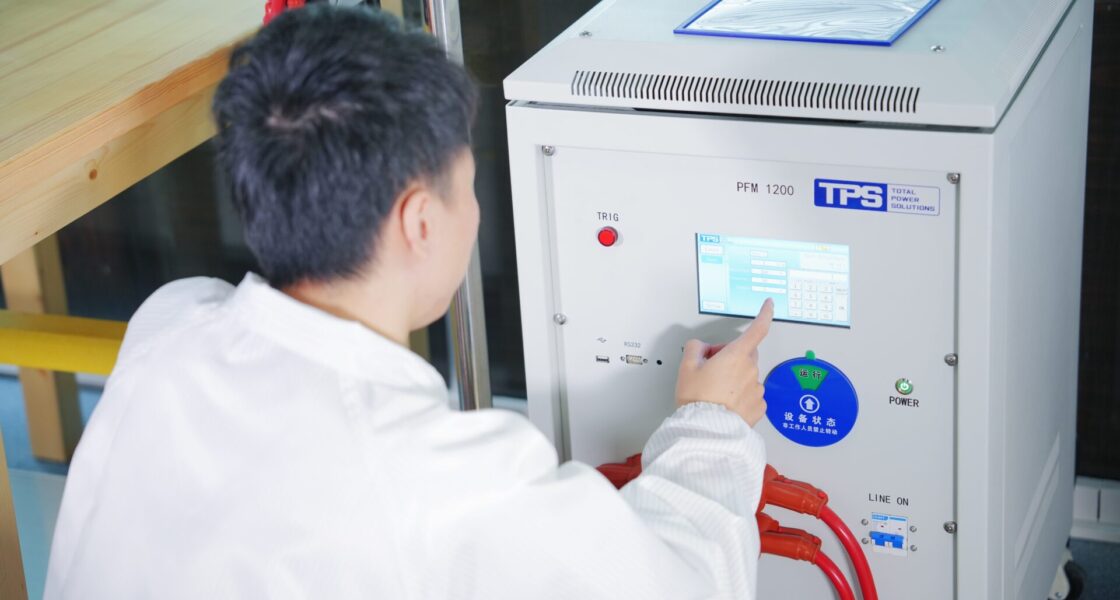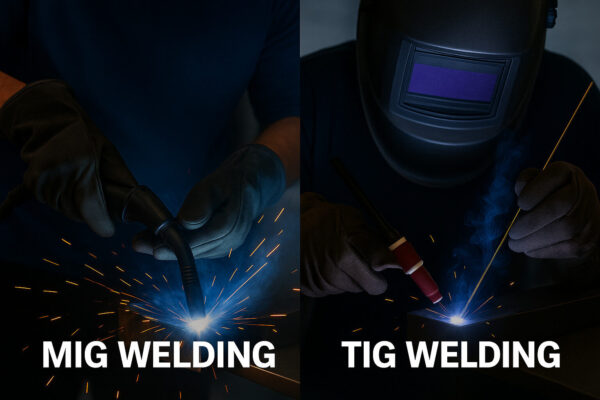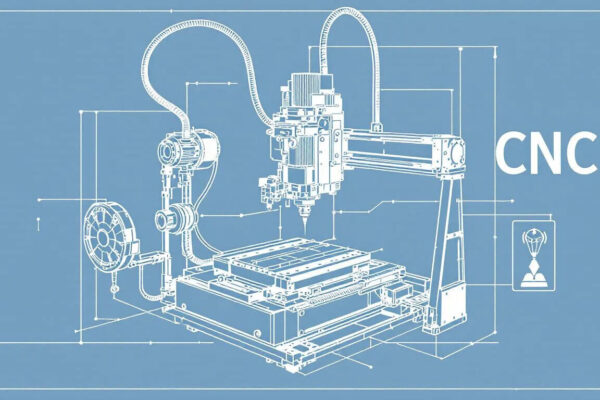Key Takeaways
- EMC testing involves both emissions testing (measuring interference your device creates) and immunity testing (checking how your device handles external interference).
- Testing must follow specific standards like FCC Part 15, CISPR 32, MIL-STD-461, or RTCA–DO-160 depending on your product category and target market.
- Pre-compliance testing in your own lab can identify issues early and reduce costs before formal certification.
- Proper test setup requires specialized equipment, including EMI receivers, anechoic chambers, and calibrated antennas.
- Documentation and test reports are critical for regulatory approval and market access.
Every electronic device entering today’s market must demonstrate its ability to function properly within its electromagnetic environment without causing harmful interference to other equipment. This fundamental requirement, known as electromagnetic compatibility (EMC), ensures that our increasingly connected world of electronic devices can coexist harmoniously.
Whether you’re developing consumer electronics, medical devices, automotive systems, or aerospace components, understanding how to test EMC is essential for regulatory compliance and market success. This comprehensive guide walks you through the entire process — from basic concepts to advanced testing procedures — helping you navigate the complex world of EMC compliance.
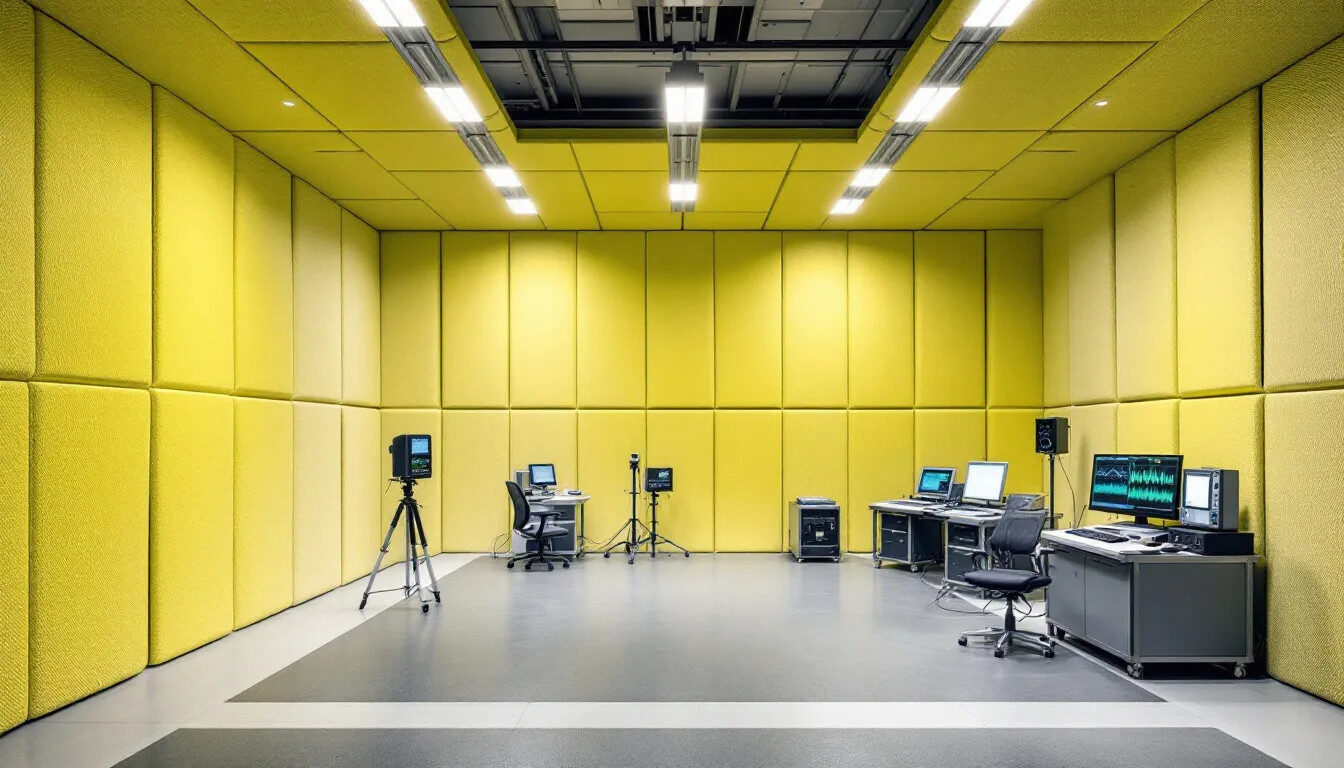
Understanding EMC Testing Fundamentals
Electromagnetic compatibility represents the ability of electronic devices to operate without causing electromagnetic interference (EMI) to other equipment while remaining immune to interference from external sources.
EMC testing serves two primary purposes:
- Measuring emissions your device produces.
- Evaluating immunity to external disturbances.
This dual approach ensures that devices act as responsible “electromagnetic neighbors” in their intended environments.
Emissions testing measures the radio frequency energy radiated through the air or conducted through power cables, ensuring that levels remain within acceptable limits.
Immunity testing, by contrast, subjects the device to controlled electromagnetic disturbances to verify that it maintains acceptable performance under interference.
- Conducted emissions: Measured from 150 kHz to 30 MHz — electromagnetic energy traveling along conductors.
- Radiated emissions: Measured from 30 MHz to 1 GHz or higher — energy propagating through the air as radio waves.
Regulatory Context
- United States → FCC Part 15 regulations
- Europe → CE marking compliance under the EMC Directive
- Canada → Industry Canada (IC)
- Other regions → National frameworks based on CISPR and ISO/IEC standards
All share the same goal: preventing harmful interference and ensuring device reliability in complex electromagnetic environments.
With the regulatory framework in mind, let’s look at the main types of EMC tests that ensure compliance with these standards.
Types of EMC Tests You Need to Perform
A comprehensive EMC test program typically includes:
- Radiated Emissions Testing – measures fields radiated by the device (30 MHz–1 GHz or higher).
- Conducted Emissions Testing – evaluates noise conducted along power and signal cables (150 kHz–30 MHz).
- Radiated Immunity Testing – checks performance under electromagnetic fields (1–10 V/m or more).
- Conducted Immunity Testing – assesses response to disturbances injected into power/signal lines.
- Electrostatic Discharge (ESD) Testing – simulates static discharges (contact: 8 kV / air: 15 kV).
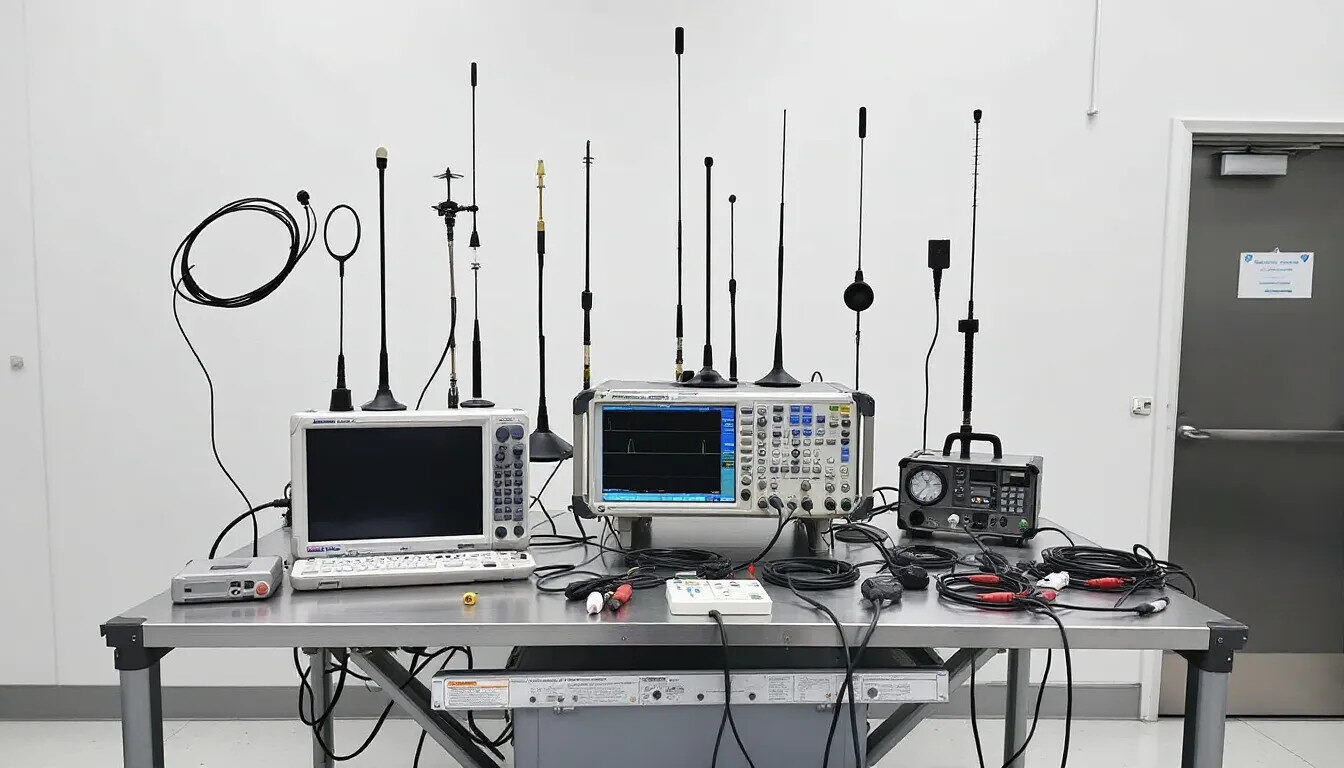
Industry-Specific Testing Requirements
Different sectors apply specific EMC standards:
- Consumer Electronics → FCC Part 15 Class A/B, EN 55032
- Medical Devices → IEC 60601-1-2 (enhanced immunity and strict emissions limits)
- Automotive Systems → ISO 11452 (immunity) and CISPR 25 (emissions)
- Aviation Equipment → RTCA-DO-160 (Sections 20–21) and MIL-STD-461 for military aviation
- Military Equipment → MIL-STD-461G (Army, Navy, Air Force)
Essential Testing Equipment and Facility Requirements
Professional EMC testing relies on specialized setups:
- EMI Receivers – precise instruments operating from 9 kHz–40 GHz.
- Calibrated Antennas – log-periodic, biconical, or horn types for different frequency bands.
- Anechoic Chambers – RF-shielded rooms simulating free-space propagation.
- LISNs (Line Impedance Stabilization Networks) – standardize impedance during conducted tests.
- Signal Generators, Amplifiers & Field Probes – core of immunity test systems.
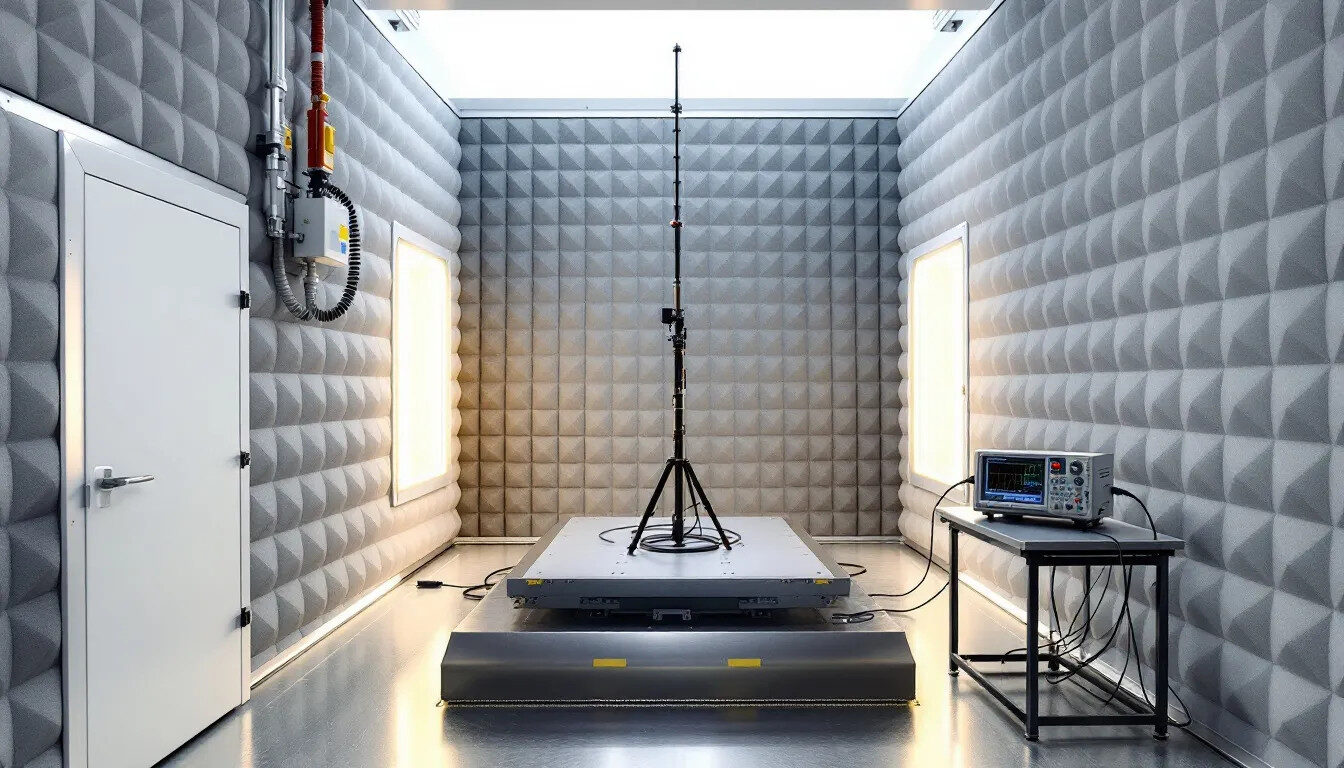
Test Site Requirements
- Test Distance: 10 m or 3 m depending on device and standard.
- Ground Plane: Copper or aluminum surfaces with proper grounding.
- Ambient Noise Floor: ≥6 dB below limit lines.
- Isolation: Avoid nearby RF sources (cell towers, transmitters).
Step-by-Step EMC Testing Procedures
- EUT Setup – configure the equipment under normal operating conditions.
- Pre-Scan – identify emission peaks early.
- Detailed Measurement – use proper detectors (peak, quasi-peak, average).
- Setup Optimization – manage cables, grounding, antenna positioning.
- Data Recording – document conditions, include uncertainty analysis.
- Margin Analysis – maintain 3–6 dB safety margin below limits.
By understanding and following structured EMC testing procedures, manufacturers can ensure reliable device performance, faster certifications, and successful market entry.
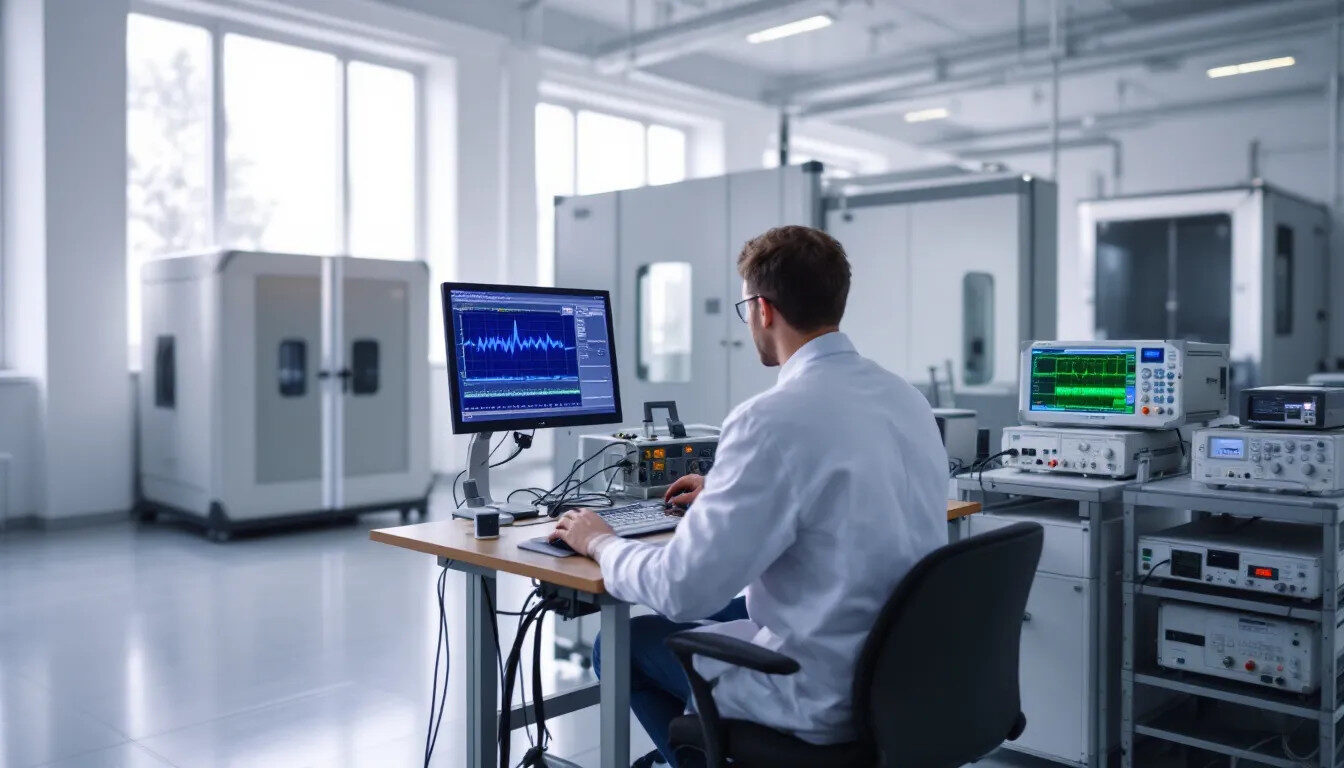
Pre-Compliance Testing Strategy
Establishing a small in-house pre-compliance setup can save significant time and cost and help detect EMC issues before certification.
- Use near-field probes and spectrum analyzers for early validation.
- Employ diagnostic tools to pinpoint emission sources.
- Conduct iterative testing after design fixes to verify improvements.
- Early EMC validation helps reduce redesign cycles and accelerate time-to-market, improving overall development efficiency.
Documentation and Compliance Reporting
Proper documentation is essential for market access:
- Test Reports – include setups, results, photos, and calibration certificates.
- Technical Construction File (TCF) – required for CE marking.
- FCC Authorization Files – formatted test data and device descriptions.
- Calibration Certificates – ensure traceability to national standards.
- Special Configurations – justify any deviations from standard procedures.
Conclusion
By mastering EMC testing principles and applying structured procedures, manufacturers can ensure consistent compliance, minimize costly redesigns, and bring reliable products to market more efficiently.
Frequently Asked Questions
How long does EMC testing take?
2–5 days for standard electronics, 1–2 weeks for complex systems, and up to 4 weeks for full military/aviation qualification.
What if my product fails EMC testing?
Identify failure frequencies, apply fixes (shielding, filtering, layout changes), verify via pre-compliance tests, then retest the failed sections.
Can I perform EMC testing in-house?
Yes, for pre-compliance. Formal compliance requires accredited labs recognized by authorities.
How much does professional EMC testing cost?
Approximately $3,000–$8,000 for basic products, $5,000–$15,000 for industrial, and $10,000–$50,000+ for military/aerospace applications.
What’s the difference between Class A and Class B limits?
Class B applies to residential devices (10 dB stricter), while Class A applies to commercial/industrial environments.

